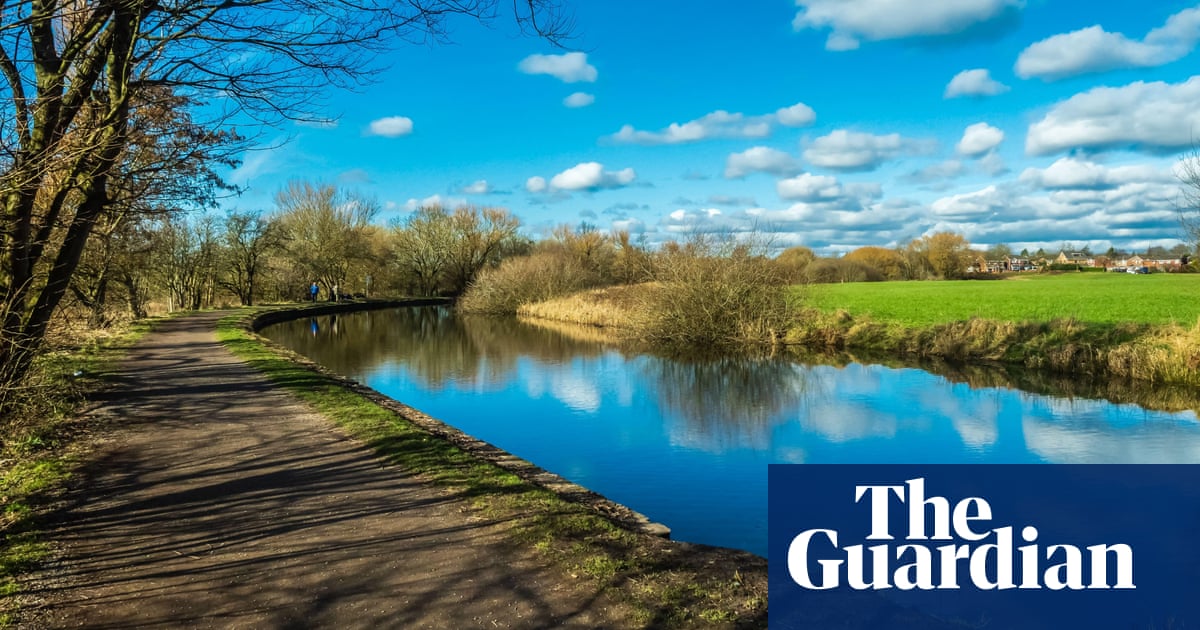Giant relics from previous centuries, a restoration effort and our writer’s childhood memories loom large on this hike along Britain’s first modern canal
I hadn’t planned my walk along the Sankey Canal to coincide with the axing of HS2 but it happened like that. It was a sunny day. I had been promising myself a hike along the towpath for ages. I grew up in the area and it holds a special place in my affections. As I wandered it struck me that this under-explored waterway was arguably the UK’s first significant development in infrastructure since the Romans built roads. It was built in two years.
The Sankey Canal connects St Helens with the River Mersey. It was opened in 1757 and subsequently extended to Widnes. Large sailing barges called Mersey flats moved coal from Lancashire to the Cheshire salt-brining towns and to Liverpool. The first canal of the Industrial Revolution built in Great Britain (Northern Ireland’s Newry Canal was earlier), its construction was only permitted because engineer Henry Berry and financier John Ashton duped parliament and other investors into believing it was a “navigation” – a widening of the existing Sankey Brook. But it is a true cut, and prompted the Duke of Bridgewater – the “father of British inland navigation” – to build his own waterway. Continue reading...
